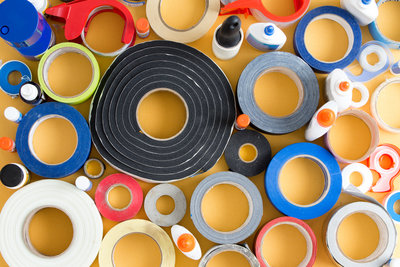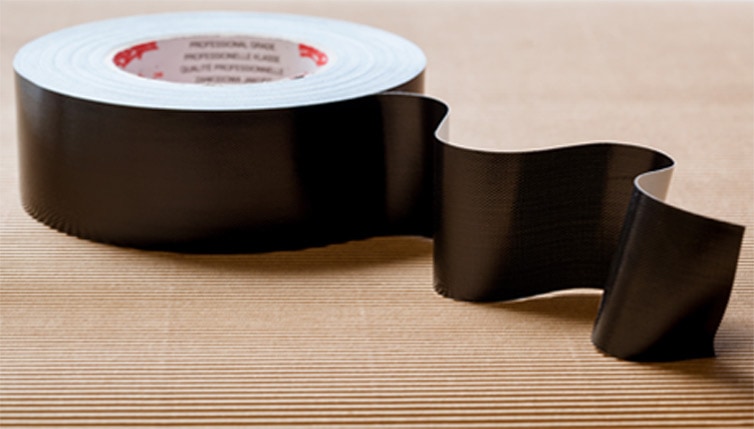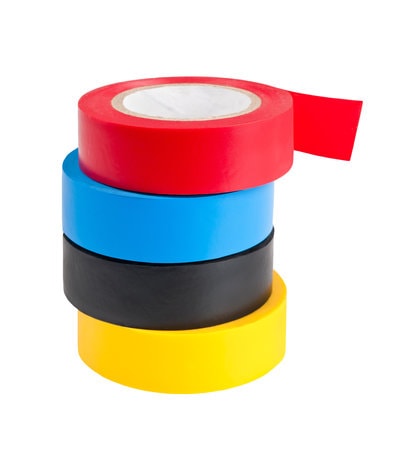 Pressure-sensitive adhesive tapes (often referred to as adhesive tape, sticky tape, or just tape) utilize a family of permanently tacky adhesives designed to be applied with light pressure. These adhesive systems differ from other types of adhesives in that they don’t require any type of moisture, oxygen (or lack of oxygen), solvent, or heat to establish a bond.
There are literally thousands of different tapes available on the market. Some of the differences among them are significant and in other cases the differences can be extremely subtle.
For purposes of this article, we will focus on tapes used for bonding and assembly applications primarily in manufacturing settings.
The first set of “screens” to help narrow the myriad of tape options include:
Pressure-sensitive adhesive tapes (often referred to as adhesive tape, sticky tape, or just tape) utilize a family of permanently tacky adhesives designed to be applied with light pressure. These adhesive systems differ from other types of adhesives in that they don’t require any type of moisture, oxygen (or lack of oxygen), solvent, or heat to establish a bond.
There are literally thousands of different tapes available on the market. Some of the differences among them are significant and in other cases the differences can be extremely subtle.
For purposes of this article, we will focus on tapes used for bonding and assembly applications primarily in manufacturing settings.
The first set of “screens” to help narrow the myriad of tape options include:
- The type of assembly being considered
- The materials to be bonded (substrates)
- The manufacturing process itself
- What the product encounter during its’ life cycle(end use requirements)
- Cost considerations


